Trimble
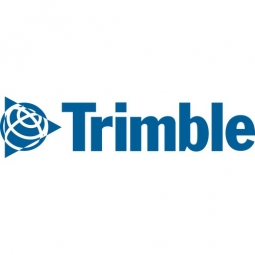
Overview
|
HQ Location
United States
|
Year Founded
|
Company Type
Private
|
Revenue
NA
|
|
Employees
|
Website
|
Company Description
Trimble is an industrial technology company, concentrated on helping the world work, better. Our technology enables jobs to get done more precisely and accurately so you can build, construct, grow and move the things we need to live our lives and build future communities.
Subsidiary
IoT Snapshot
Trimble is a provider of Industrial IoT analytics and modeling, cybersecurity and privacy, networks and connectivity, wearables, and functional applications technologies, and also active in the aerospace, agriculture, cities and municipalities, construction and infrastructure, oil and gas, recycling and waste management, transportation, and utilities industries.
Technologies
Use Cases
Functional Areas
Industries
Services
Technology Stack
Trimble’s Technology Stack maps Trimble’s participation in the analytics and modeling, cybersecurity and privacy, networks and connectivity, wearables, and functional applications IoT Technology stack.
-
Devices Layer
-
Edge Layer
-
Cloud Layer
-
Application Layer
-
Supporting Technologies
Technological Capability:
None
Minor
Moderate
Strong

Supplier missing?
Start adding your own!
Register with your work email and create a new supplier profile for your business.
Case Studies.

Case Study
IoT-Driven Maldives Airport Expansion by Beijing Urban Construction Group
Beijing Urban Construction Group (BUCG), a China-based international construction group, was contracted for a $440 million expansion and land reclamation project for the Maldives Airport. The project involved extensive land reclamation work, mass excavation, fine grading, and precise runway paving and compaction. The expansion required the removal of four million cubic meters of sand from the inner lagoon adjacent to the airport. The project also involved the construction of a new 3800 meter-long and 65-meter-wide runway, a fuel farm, a cargo complex, and a new terminal. The project faced tight parameters and required streamlined data flow and communication across the build. BUCG sought to improve safety and productivity, optimize operations, and complete the project on time and within budget.
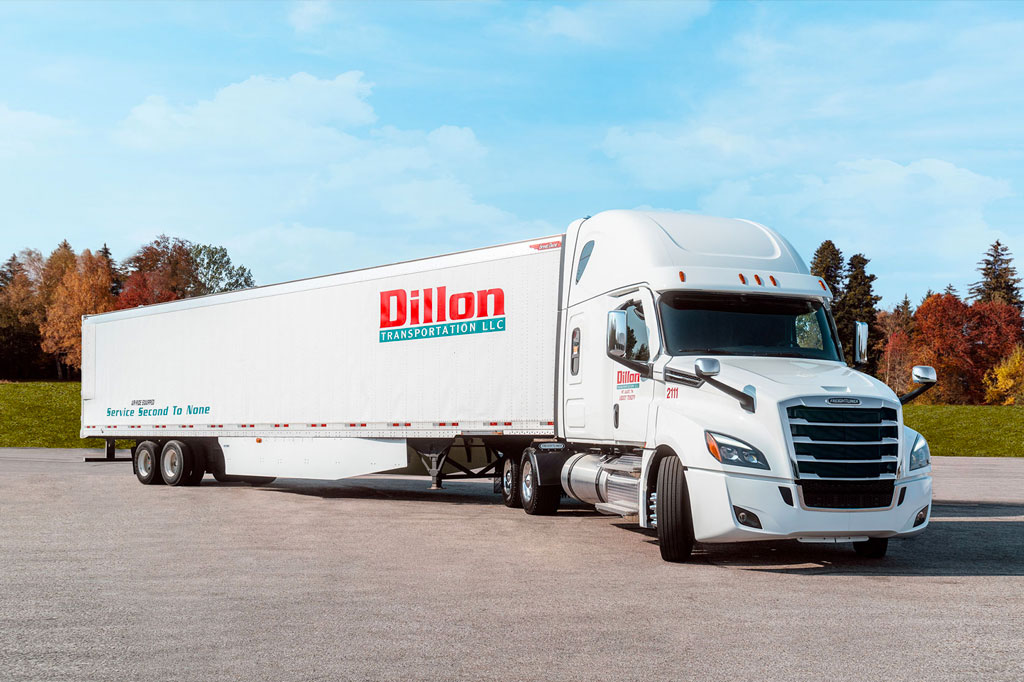
Case Study
Scalability Through IoT: Dillon Transportation's Growth with Innovative Access
Dillon Transportation, a dry van transportation company, experienced significant growth since its inception in 1996. From a humble beginning with one truck and two drivers, the company expanded to a fleet of 125 trucks and 170 drivers and crew members. However, this rapid growth brought about a challenge. The owner, Donnie Dillon, found it increasingly difficult to keep track of every driver and truck in his fleet. He could no longer remember the specifics of each trip, which he previously kept in his head. The company needed a more sophisticated way of storing information about drivers and loads. They required a system that would allow employees to access the specifics of each trip easily. The challenge was to find a solution that could manage the growing complexity of their operations.
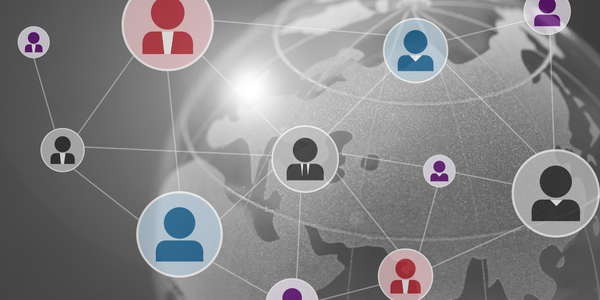
Case Study
Digging Deeper Into the Connected Jobsite
Streamline digital connections between people, processes, and equipment.Today, this pioneering company continues to lead the way in both talent and modern technology deployment to deliver some of the industry’s most complex projects. With over more than 30 3D machine control systems that are used on dozers, excavators, motor graders, and skid steers; 30 rovers and total stations; and 50-plus base stations, the company maintains one of the largest technology-enabled fleets in the Upper Midwest.

Case Study
Termotex S.A. Streamlines Workflows and Boosts Productivity with Trimble's Connected Construction Technology
Termotex S.A., an international company specializing in the design and assembly of industrialized insulating construction systems, was facing challenges in coordinating crews, deciphering blueprints, and matching 2D blueprints to the 3D construction at the site. The company had to rely on a project engineer and a quality control inspector on site, but this was often insufficient to avoid mistakes and clashes resulting from incorrect or outdated information. To overcome this, Termotex started creating Building Information Modeling (BIM) designs and switched to tablets instead of paper blueprints on the job site. However, the CEO, Andres Casanova, realized that a good BIM model alone was not enough to increase speed and precision in their construction projects. He sought a combination of technologies and new workflows that would enable automation and data-sharing from start to finish, and wanted to leverage mixed reality to better utilize their BIM models in the context of the actual job site throughout the entire construction process.

Case Study
IoT Implementation in San Francisco Public Utilities Commission: A Case Study
The San Francisco Public Utilities Commission (SFPUC), the third largest municipal utility in California, provides water, wastewater, and electric power services. The SFPUC manages an extensive wastewater system that collects, conveys, and provides secondary treatment to combined sewage flows within the City and County of San Francisco. However, like many utilities, SFPUC faces challenges such as environmental compliance, climate variability, aging infrastructure networks, financial shortages, and labor efficiencies. The SFPUC's environmental monitoring program is driven by regulatory compliance, calibration of the city-wide hydraulic and hydrologic (H&H) model, establishment of repair and rehabilitation prioritization, and real-time operational decision support. Other factors include early warning from collection system to plant operations, pre-development monitoring for upgrades, and forensic analysis of wet-weather and storm effects.
Similar Suppliers.
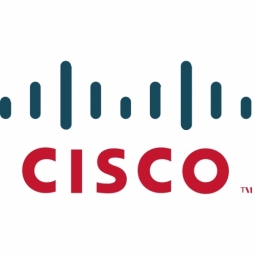
Supplier
Cisco
Cisco designs and sells broad lines of products, provides services, and delivers integrated solutions to develop and connect networks around the world, building the Internet. Over the last 30 plus years, they have been the world’s leader in connecting people, things, and technologies - to each other and to the Internet - realizing their vision of changing the way the world works, lives, plays, and learns.Today, Cisco has over 70,000 employees in over 400 offices worldwide who design, produce, sell, and deliver integrated products, services, and solutions. Over time, they have expanded to new markets that are a natural extension of their core networking business, as the network has become the platform for automating, orchestrating, integrating, and delivering an ever-increasing array of information technology (IT)–based products and services.Subsidiaries/ Business Units: - Jasper - OpenDNS - CloudLock
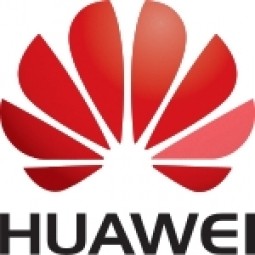
Supplier
Huawei
Huawei is a global leader of ICT solutions. Huawei's strategy in the enterprise domain focuses on close cooperation and integration with partners to deliver a wide range of highly efficient customer-centric ICT solutions and services that are based on a deep understanding of customer needs. In line with their portfolio covers enterprise networking, unified communications & collaboration (UC&C), Cloud Computing & data center, enterprise wireless, network energy and infrastructure services.
---nyse--ge_1.jpg)
Supplier
General Electric
GE is a diversified specialty equipment, infrastructure and financial services company. Their products and services range from aircraft engines, power generation, oil and gas production equipment, and household appliances to medical imaging, business and consumer financing and industrial products. GE believes new technologies will merges big iron with big data to create brilliant machines. This convergence of machine and intelligent data is known as the Industrial Internet, and it's changing the way we work. Year founded: 1892 Revenue: $148.5 billion (2014) NYSE: GE Featured Subsidiaries/ Business Units: - GE Digital - GE Predix - GE Intelligent Platform - Wurldtech
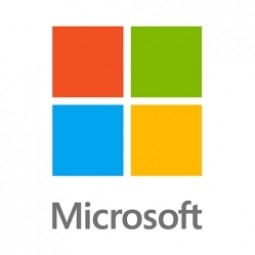
Supplier
Microsoft
Microsoft develops, manufactures, licenses, supports and sells computer software, consumer electronics and personal computers and services. Its best known software products are the Microsoft Windows line of operating systems, Microsoft Office office suite, and Internet Explorer and Edge web browsers.Year Founded: 1975Revenue: $93.6 billion (2014)NASDAQ: MSFT
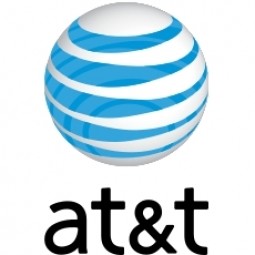
Supplier
AT&T
AT&T is the second largest provider of mobile telephone and the largest provider of fixed telephone in the United States, and also provides broadband subscription television services. The company's corporate, government, and public sector clients use its conferencing, managed network, and wholesale communications services.




